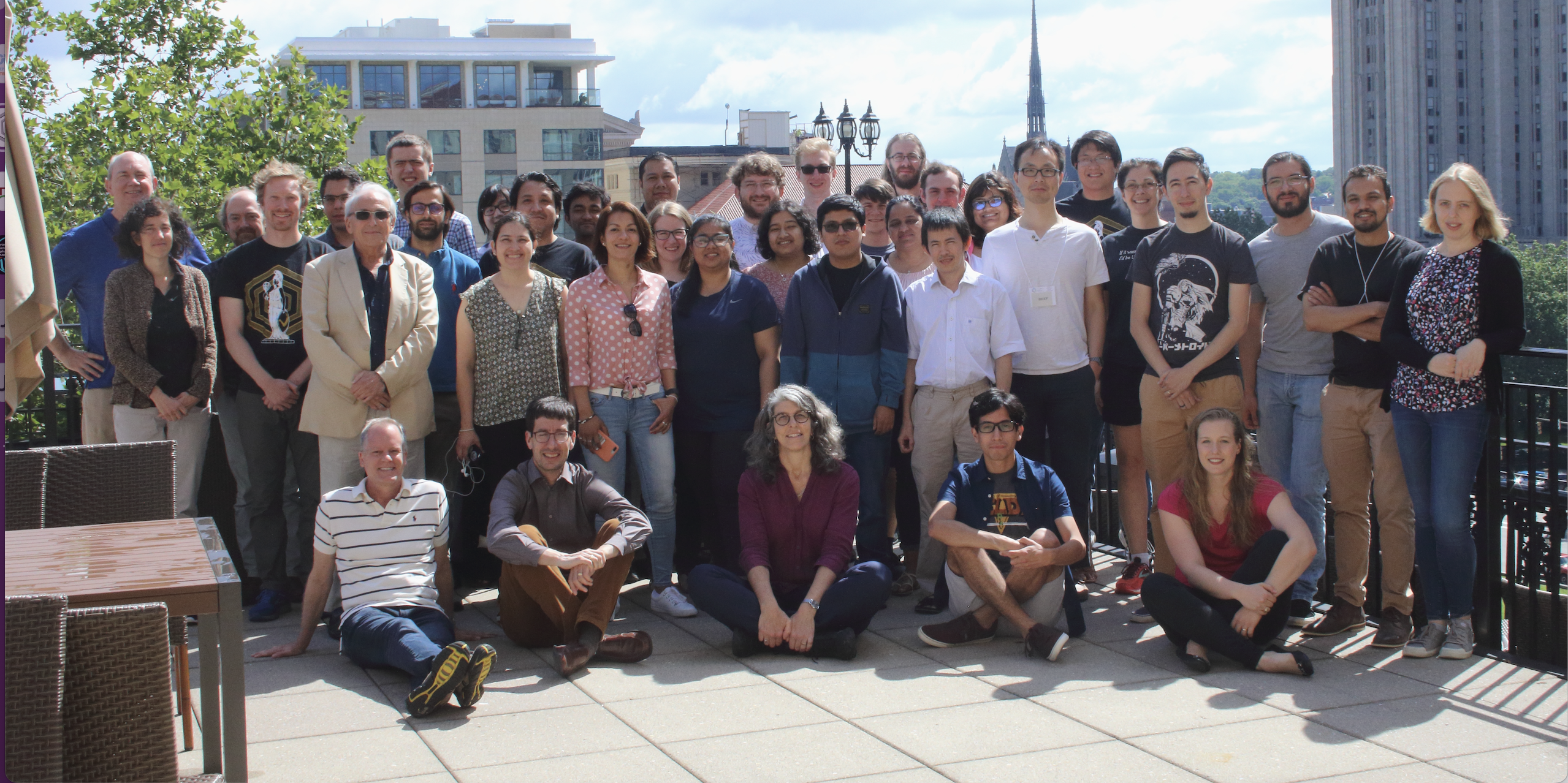MINERvA is interested in a theory-driven robust description of our data. Sometimes an empirical tune is the best we can do in the short term while we find or implement better theory input And almost always, either method to make our simulation better describe the data makes for a better, less biased unfolded cross section. Papers and plots that use a particular tune refer to it by a numerical code described below. Some papers and plots use a tune that is described in words and math, but do not have an entry in the list of tunes, or start with a tune but augment it in a specific way. We do not assert that any of these tunes are nature, only that they have been essential to making progress.
Code to implement these tunes is part of the code release in GitHub.
Tunes have a format vX.Y.Z and are not cumulative (Y=4 does not imply 1,2,3)
- X=1 The original tune. Valencia RPA applied to QE (RFG), non-resonant pion production reduction, low recoil fit (LE) applied to Valencia 2p2h
- At first, this tune seemed to describe a lot of our results. As our analyses progressed deeper into the physics, it revealed shortcomings of such a simple approach. Individual modifications of QE, 2p2h, and Delta resonance events are a superior way to approach the data.
- X=2 Same as 1 but includes the Stowell et. al (MINERvA) GENIE pion tune low Q2 suppression
- This empirical tune reduces the low Q2 part of the cross section for both neutrino and anti-neutrino single-pion events, especially Delta production. There are indications that the needed magnitude is not the same for all channels. In fact, there are hints that a suppression isn’t the right physics to describe all of the magnitude, a shift in kinematics (see X=3 below) may account for some of what this empirical tune does.
- X=3 Replace Valencia 2p2h with SuSA 2p2h, non-resonant pion production reduction, QE is still RFG with RPA correction from Valencia but has enhanced Bodek-Ritchie tail, removal of 25 MeV from Eavail in pion events with protons in the final state
- MINERvA helped pioneer the use of the SuSA by generating a sample of Valencia 2p2h out to q3 = 2.0 GeV (back porting code to GENIE2) then using a reweight technique. The change to the Bodek Ritchie tail enhances the SRC component in the single dimension of initial nucleon momentum. It has noticeable affects on observables that correlate withenergy and momentum transfer.
- X=4 Same as 1 but includes the full pion bubble chamber fit, CCNormRes increased to 1.15 (from 1) and MaRES set to 0.94. Also includes full treatment of the correlations between MaRES and CCNormRes in the fit
- Y=1 Normalization change of coherent pion production Epi
- Y=2 Normalization change of coherent pion production using the angle and E pi distributions (ME)
- Y=3 A. Bercellie low Q2 pion production suppression (and high Q2 enhancement see docDB 30137) and normalization of coherent pion production using the angle and E pi distributions (ME), usually also diffractive weight.
- Y=4 Replace dipole form of the axial form factor of QE with the Meyer et. al. z-expansion
- Y=5 Replace QE RFG nuclear model with NuWro SF
- Y=6 Same as 3 but also includes the M. Sultana low pion kinetic energy weight.
- Y=7 Same as 6 but also includes the Ben-Ever Q2-Tpi tune.
- Z=1 Bug Fix of elastic FSI for pions and protons(turning them to noFSI events)








